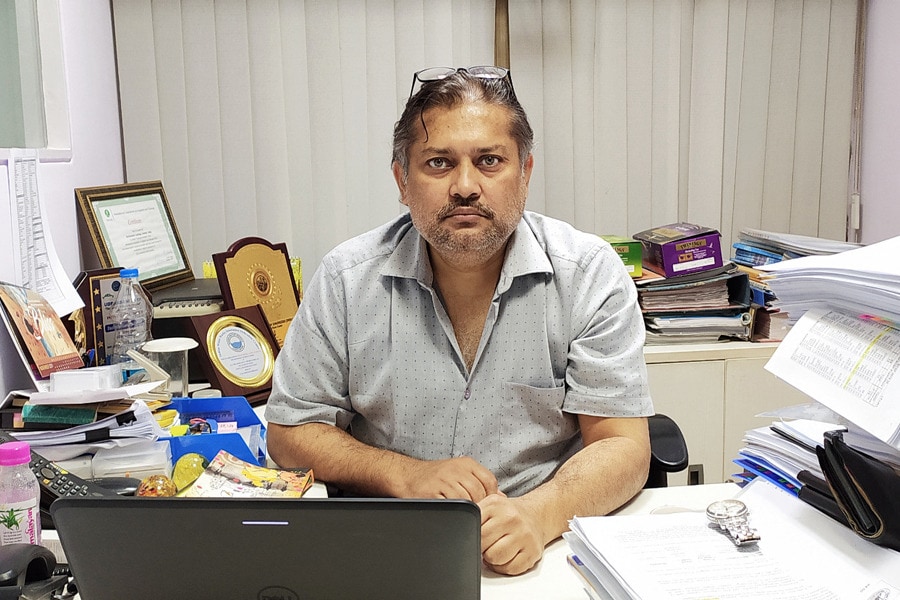
Existentialism of mankind forms the core of 'Sabarna Roy' works
Poet Sabarna Roy played his role well with ink, pen, paper, and imagination

Sabarna Roy, imaginative and intuitive about the secrets of life, book lover, movie buff, traditional Bengali food enthusiast and an author of five bestselling books, began writing prolifically since 2007. He has carved out a place for himself in the realm of literary writing.
He is a prolific writer known for combining his reflections on human life with the surreal world. He writes novels, plays and also composes poems: both trying to penetrate the deepest recesses of the human mind and its fears, uncertainties and vulnerabilities in the modern industrial society.
Interviewer: I am aware that you are a senior engineering professional and you have published complex technical articles in peer-reviewed National and International Journals and you are also a published author of 5 literary books since 2010 and your books have been critical and commercial successes. My question is, how do you co-exist?
Sabarna: Modern neuroscience has exposed that human brain is multi-disciplinary. Michelangelo and Leonardo Da Vinci are brightest examples to elucidate this point. Without Michelangelo no Structural Engineer could have imagined the inception of membrane technology in the modern sense, which has roots in a fisherman's net. Da Vinci is credited with the first design of flying air engines intuitively imagined in our epics. With the advent of X-rays, cameras and moving images, art had to find its roots in a new modernity. Quantum physics dealt with indeterminateness and explicitly impacted social theory and literature. The duality of quantum physics in a certain sense took birth 100 years back in the philosophy of Hegel.
Likewise, Marxian Thought deeply impacted literature. Freud, whose theory of dreams and psychoanalysis was almost demolished during his lifetime, influenced literature and arts in a unique way and continues to do so even today. I am a trained Civil Engineer - a discipline that deals with the 4 variables of nature: wind, water, soil and heat. The wonders of the world would not be possible without path-breaking Civil Engineering, Material Science and Architectural imagination working hand in hand. The divergence is at the surface. Below the surface lies convergence and connectivity. To me the abyss between liberal arts and technological sciences is a poor social construct. As our society is becoming more and more technological it is approximating the ambiguity and amorphousness of liberal arts.
Interviewer: Your first book was Pentacles, which contain a novella and four long narrative poems. It was followed by Frosted Glass that contains a story cycle of 14 long-short stories and a poem cycle of 21 narrative poems. Thereafter, you wrote Abyss, a play in two acts, which at its core is a situational thriller followed by Winter Poems and in the end, Random Subterranean Mosaic, which is a diary or a kaleidoscope of random, yet mysteriously structured to a pattern, fiction, semi-autobiographical and biographical pieces, covering poems, short-shorts, opinions, observations, and conversations. How do you flip between such varied genres so easily?




